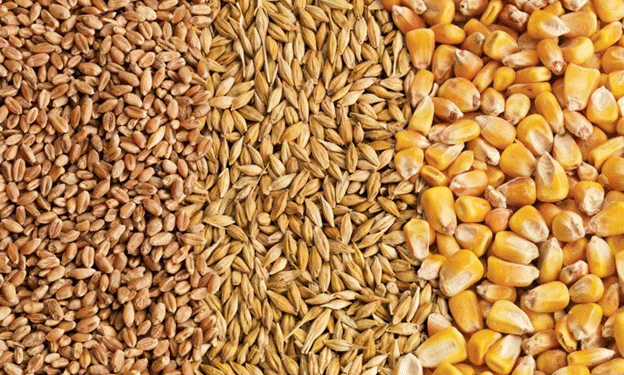Prairie Feed Grain Market Shifts: Barley Weakens, Wheat Gains Ground
As the 2025 growing season advances, Canadian Prairie feed grain markets are showing divergent trends. According to Susanne Leclerc of Market Master Ltd., while feed barley demand is soft and prices are slipping, feed wheat is gaining favor, both in price and buyer interest.
In the Edmonton area, feed barley is currently valued at around C$5.80 per bushel (picked up in the yard), while feed wheat is fetching C$8.10/bu—a notable price spread that reflects shifting preferences among buyers.
Barley Demand Holding, But Declining
Barley has historically been a cornerstone of Western Canada’s feed grain system, especially for cattle and hog producers. However, current buyer behavior is subdued, with Leclerc noting demand for barley is only covering localized needs.
According to Prairie Ag Hotwire (week ending April 1):
- Saskatchewan barley prices fell 30 cents, landing between C$5.25–C$5.30/bu delivered.
- In Alberta, prices rose modestly by 4 cents to C$4.99–C$6.79/bu delivered.
- In Manitoba, barley prices increased 15 cents to C$4.91/bu.
These mixed results suggest regional variability, but overall, the market for barley appears stagnant or slowly eroding, especially when compared with stronger commodities like wheat.
Feed Wheat in High Demand
In contrast, feed wheat is attracting renewed interest from buyers across the region. Leclerc confirmed that demand has been rising steadily, driving upward price movements in many Prairie regions.
As reported:
- Alberta feed wheat prices increased 11 cents, reaching C$6.74–C$8.71/bu delivered.
- Saskatchewan saw an 8-cent rise, to C$7–C$7.90/bu delivered.
- However, Manitoba bucked the trend, posting a 23-cent decline, with prices now at C$5–C$6.69/bu delivered.
This growing price gap between barley and wheat may encourage grain producers to reconsider planting strategies for upcoming seasons, especially in Alberta and Saskatchewan where wheat’s price strength is most pronounced.
Limited U.S. Corn Imports and Tariff Uncertainty
Corn, typically imported from the United States to meet feed demand, has not been flowing into Canada in large quantities this season. Leclerc observed a lack of corn import activity, possibly tied to market hesitation ahead of proposed U.S. trade tariffs.
Scheduled for announcement on April 2, the details of these tariffs—introduced by U.S. President Donald Trump—remain unknown. There is widespread concern that feed grains could be among the targeted commodities, potentially reshaping price dynamics and trade flows in the weeks to come.
The current landscape of feed grains in Western Canada reflects a clear divergence: barley is weakening, while feed wheat is experiencing a resurgence in value and demand. With uncertainty surrounding U.S. trade policy, and feed corn imports subdued, Canadian producers and buyers must stay agile. This moment may offer opportunities for those willing to adjust rotations, diversify contracts, and respond to market signals in real-time.





